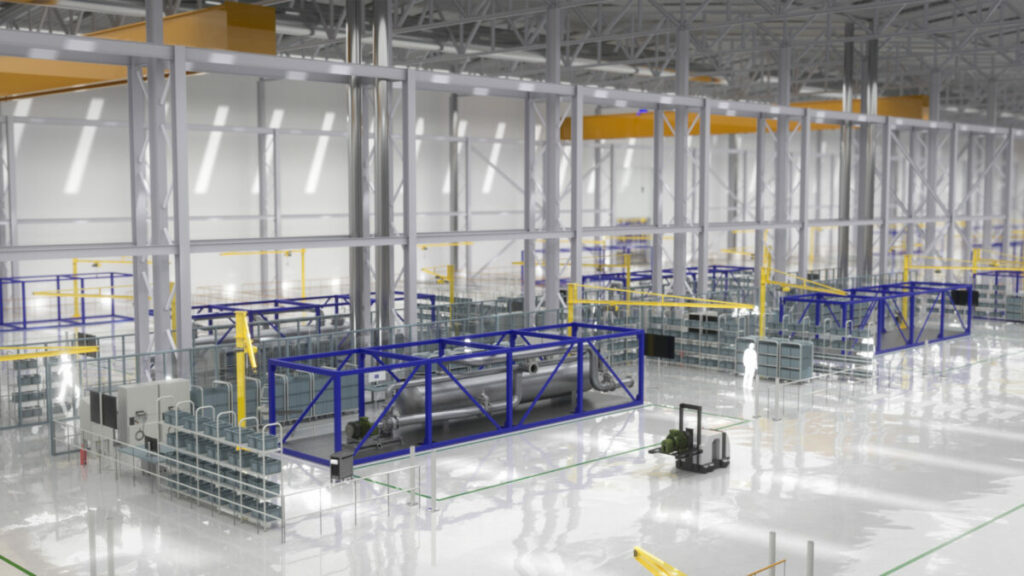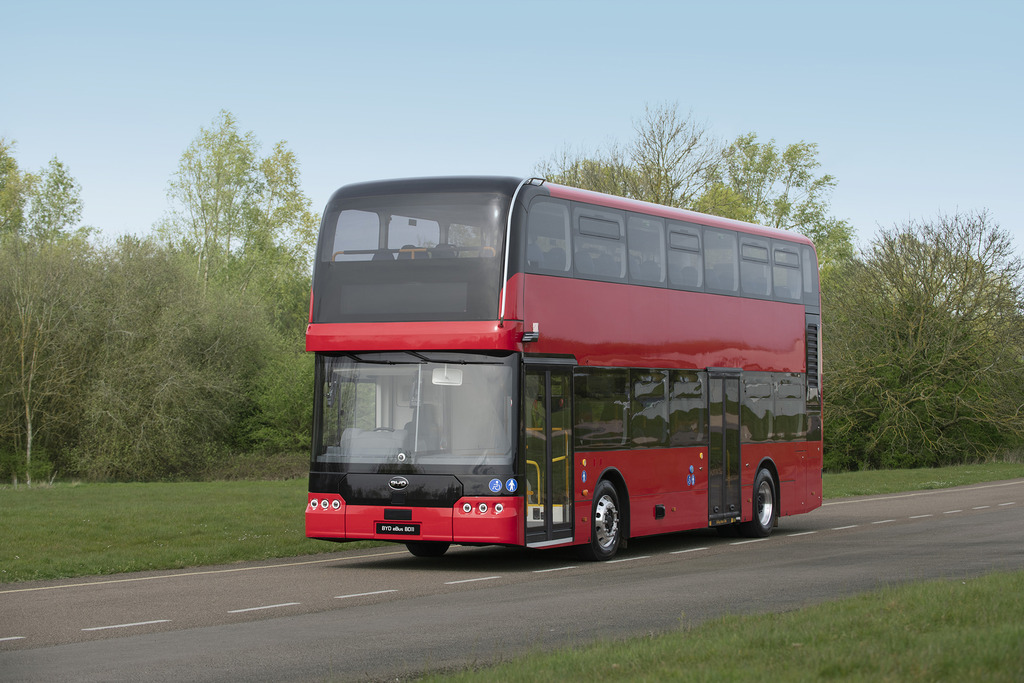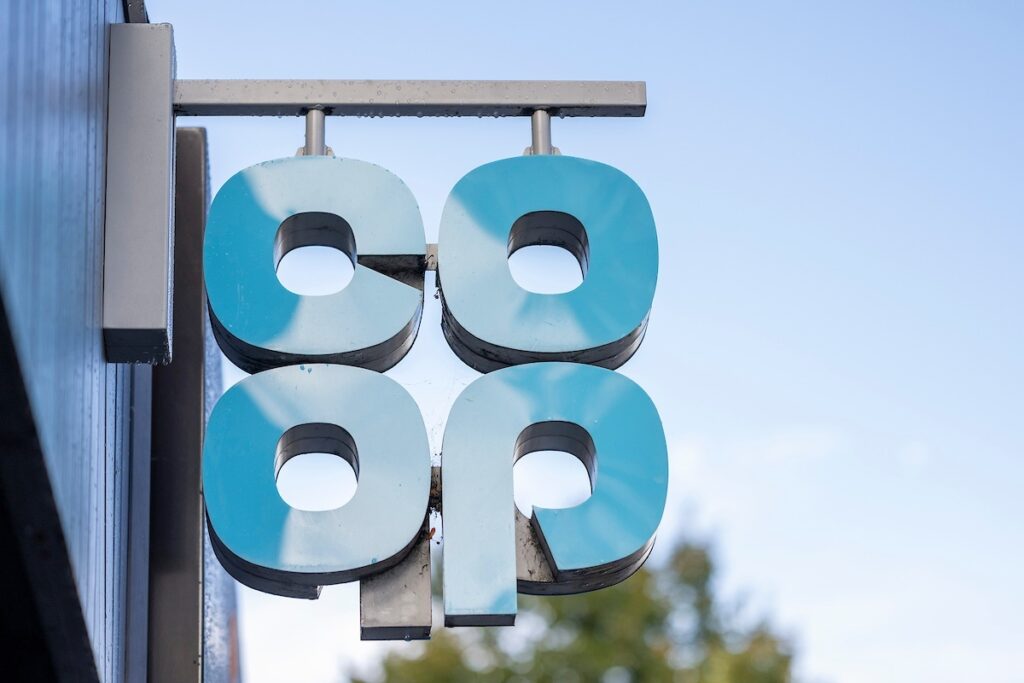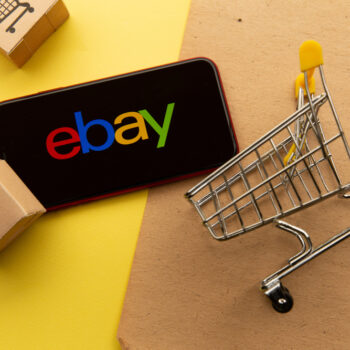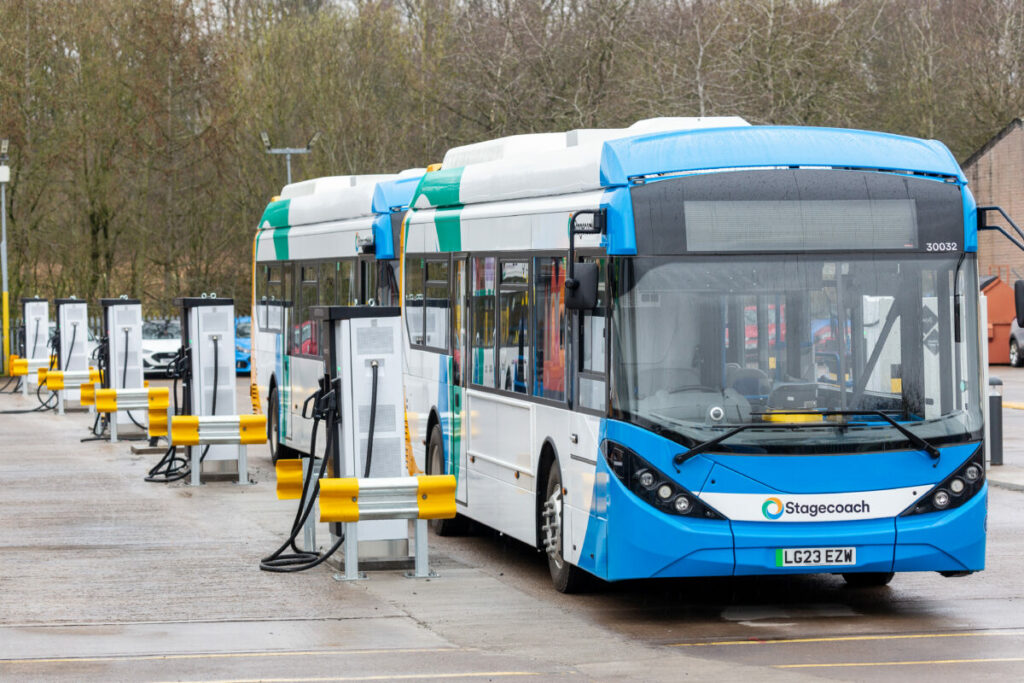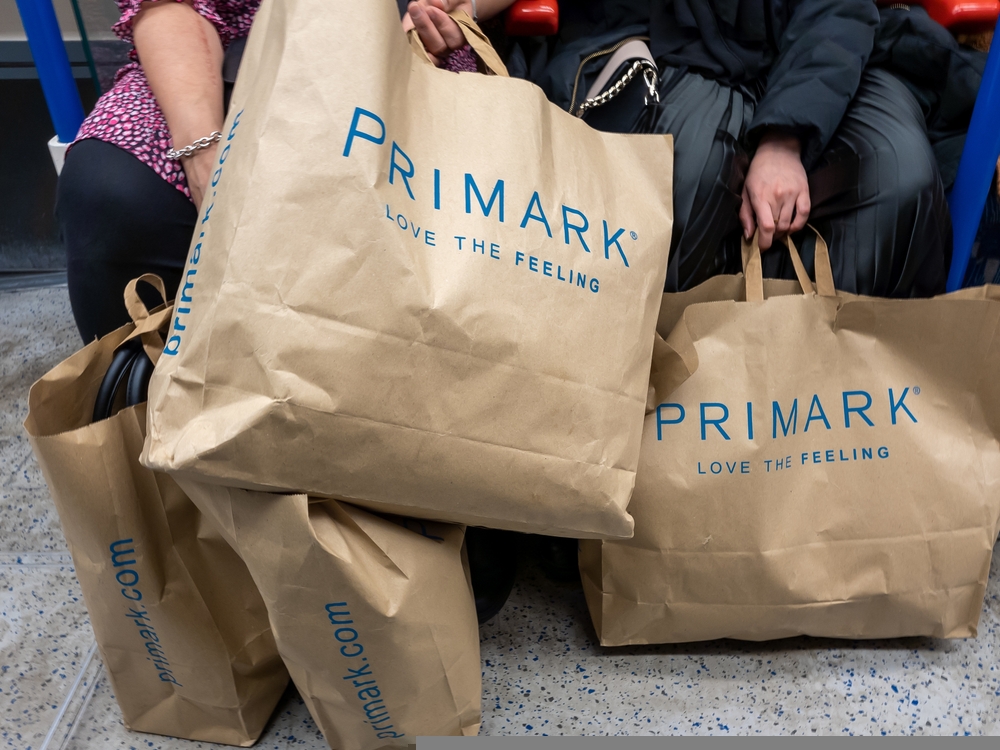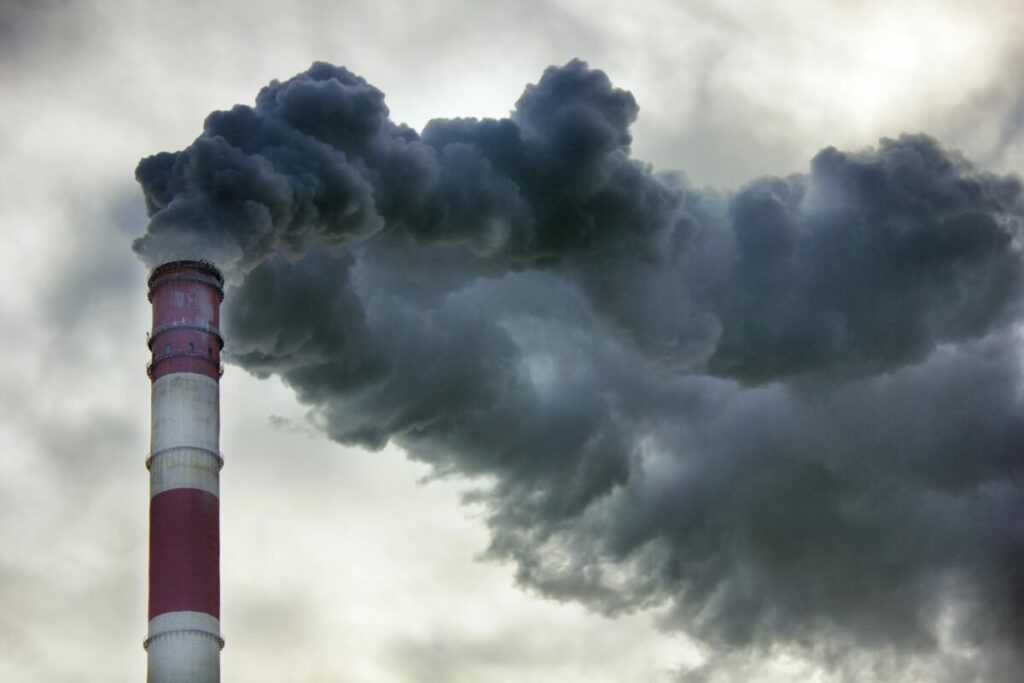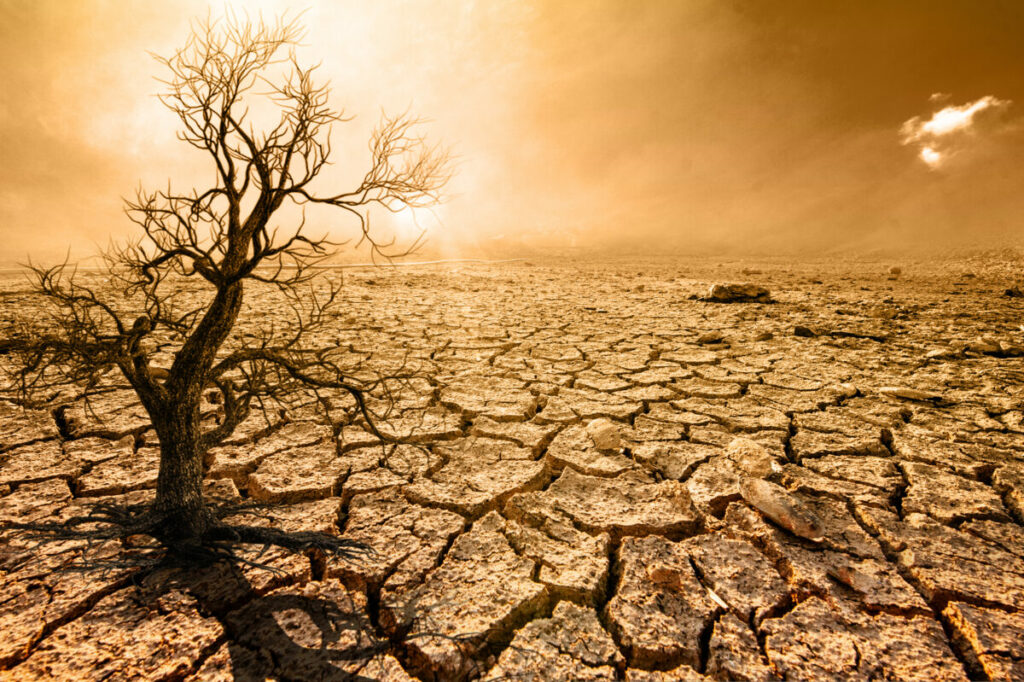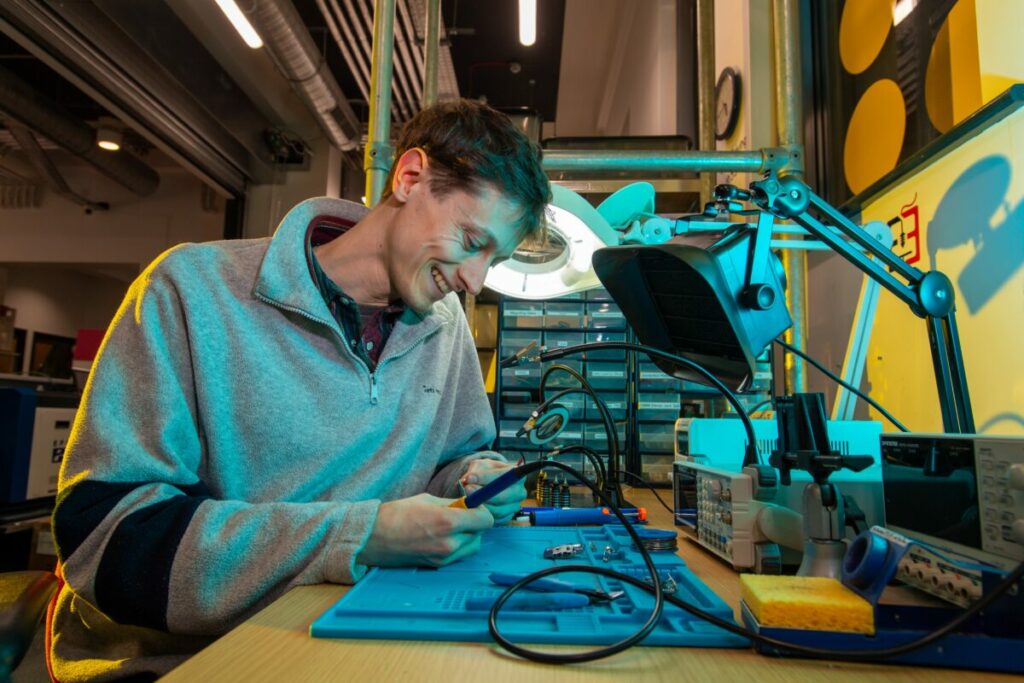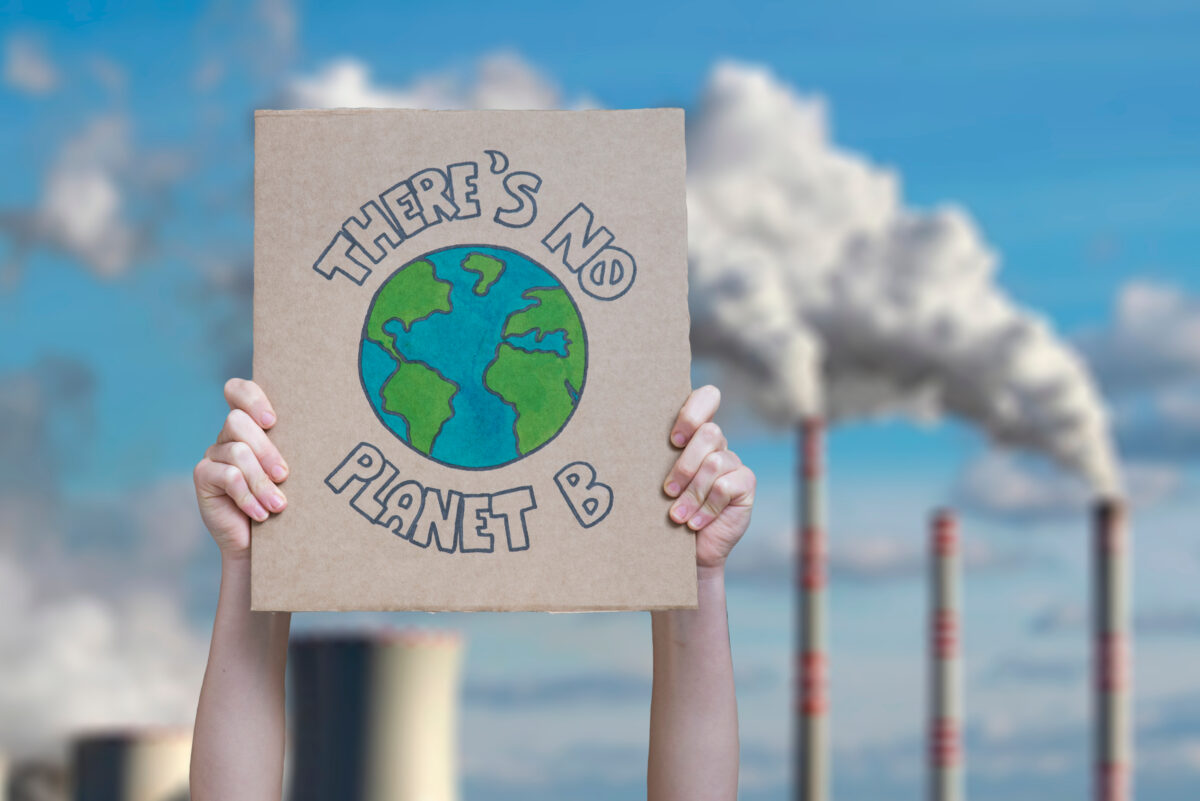On February 13 1997, almost five million brightly coloured pieces of plastic Lego ended up in the sea close to Land’s End, Cornwall.
A wave had knocked 62 shipping containers overboard, and the one containing a huge quantity of Lego bound for New York, broke. To this day, the plastic toy pieces still wind up on the Jurassic coast and tourists and locals have found them ever since.
Of course, mishaps like this are not the only source of waste for the company – back in 2018, Lego produced 557 tons of it. Since then, Lego has reduced its waste dramatically, with just 16 tons and less than 1% of its waste going to landfill last year.
While the container incident was a one-off, it tells us an important story about the long-lasting impact of plastic and the effects it can have on our environment.
While waste remains key, the popular Danish toy company has since changed its approach to plastic and sustainability, with Tim Brooks – then senior director of environmental sustainability and now vice president of the company – announcing that Lego will invest $3 billion into sustainability annually by 2025.
However, last week the world’s biggest toy company hit the headlines after it backtracked on its plans to make bricks from recycled bottles instead of from oil-based plastic.
In 2021, Lego had reportedly begun researching a potential transition to recycled PET (polyethylene terephtthalate) from acrylonitrile butadiene styrene (ABS), as the latter requires more petroleum to make 1kg of plastic. However, the brand now says that the policy would have led to increased carbon emissions over time and has rowed back on this commitment.
View this post on Instagram
Is this ‘the nature of innovation’ for Lego?
Lego has said that it still intends to reduce carbon emissions by 37% by 2032 and to be net zero by 2050. It also said it has trialled more than 300 materials. While some were helpful, others did not meet the safety requirements required or did not reduce the businesses carbon footprint.
“This is the nature of innovation – especially when it comes to something as complex and ambitious as our sustainable materials programme. Some things will work, others won’t,” the company continued.
Industry insiders have pointed out similar issues, highlighting how recycling is not always the silver bullet it is assumed to be and efforts could be better used elsewhere within the supply chain.
Recoup senior packaging and resource director Richard Cham said in a a LinkedIn post that it seemed Lego had: “come to the conclusion that it would increase its carbon footprint due to the infrastructure changes needed and the additives and extra processing PET would need to be a suitable replacement.”
He continued: “PET being a softer material would probably be welcomed by any parent who has ever trodden on a rogue Lego brick, but many who use rPET for bottle manufacturing will probably rejoice at the news that precious rPET supplies will not be funnelled into Lego production.”
Subscribe to Sustainability Beat for free
Sign up here to get the latest sustainability news sent straight to your inbox each morning
Luc des Vallieres, who founded the online company Source Green also detailed Lego’s journey, from when it announced its plans to switch to rPET to the most recent saga.
He said there were: “Lots of good intentions and buzzwords, but the result remains the same. Another pledge that the company could not achieve. A new commitment for the future, replaces the old one.”
“The goal is to reduce its carbon footprint by 2032 but Lego sticks to virgin oil-based plastics for now, and nothing will happen if it can’t meet its targets again.”
He added: “Also let’s repeat and repeat the obvious. Plastic is not only a carbon problem. It is a waste problem too.”
More than marketing: Who’s doing the maths?
The complexity of sustainability and a need to move away from just looking at carbon points to an important change in the world of CSOs.
More than ever, those leading the sustainability strategy of their businesses are required not just to act in a marketing or PR capacity, but to partake in key strategic decisions and get to grips with the science.
Speaking to the BBC, CEO of Simply Sustainable consultancy Nicola Stopps said: “I think this is just a sign of the businesses approach to sustainability and its maturity.
“We’ve worked with lots of large businesses on sustainability for over ten years now, and we’ve seen a huge shift from when it was acceptable for marketing departments to be developing their sustainability strategies to now deep experts on sustainability and ESG, who are science-based.”
She added: “Stakeholders, customers, investors, employees all want sustainability strategies to be really robust. They demand it now, and they demand the strategies to be focused on really the most important topics for the business but they want it to be science based”.
With increasing consumer awareness and extensive criticism of sneak tactics from greenwashing to greenhushing, companies will be increasingly be forced to scrutinise their ESG approaches more harshly. Lego certainly won’t be alone there.
Navigating the sustainability journey
Indeed, some companies like Apple – which came under fire for its Mother Earth marketing push in which it claimed that its latest apple watch was carbon neutral – have been called out for focusing on PR and using terminology with little substance despite actually having robust strategies.
In Lego’s case, CSO Annette Stube will be tasked with carrying out the brand’s sustainability goals. It will be a tough ask, with CEO Niels Christiansen admitting: “While we have made significant progress over the past few years to reduce the impact our business has on the planet, we have much more to do.”
It’s no simple task, but other brands could take a leaf out of Lego’s book and admit defeat when it comes. Just as a storm can come on suddenly, it’s not always easy to spot when a new piece of information might knock a businesses sustainability plans off course.
This time Lego’s well-laid plans were knocked overboard by a sea change in how businesses strategies are viewed and scrutinised – which, ultimately, is no bad thing, especially if the tide is leading the company in the direction of a more robust approach.




